現正展出

灣仔
香港藝術學院藝術高級文憑畢業展二零二五 — 化
2025-7-19 – 7-30
香港藝術中心

上環
Reflections on Being | Group show
2025-7-19 – 8-23
Double Q Gallery
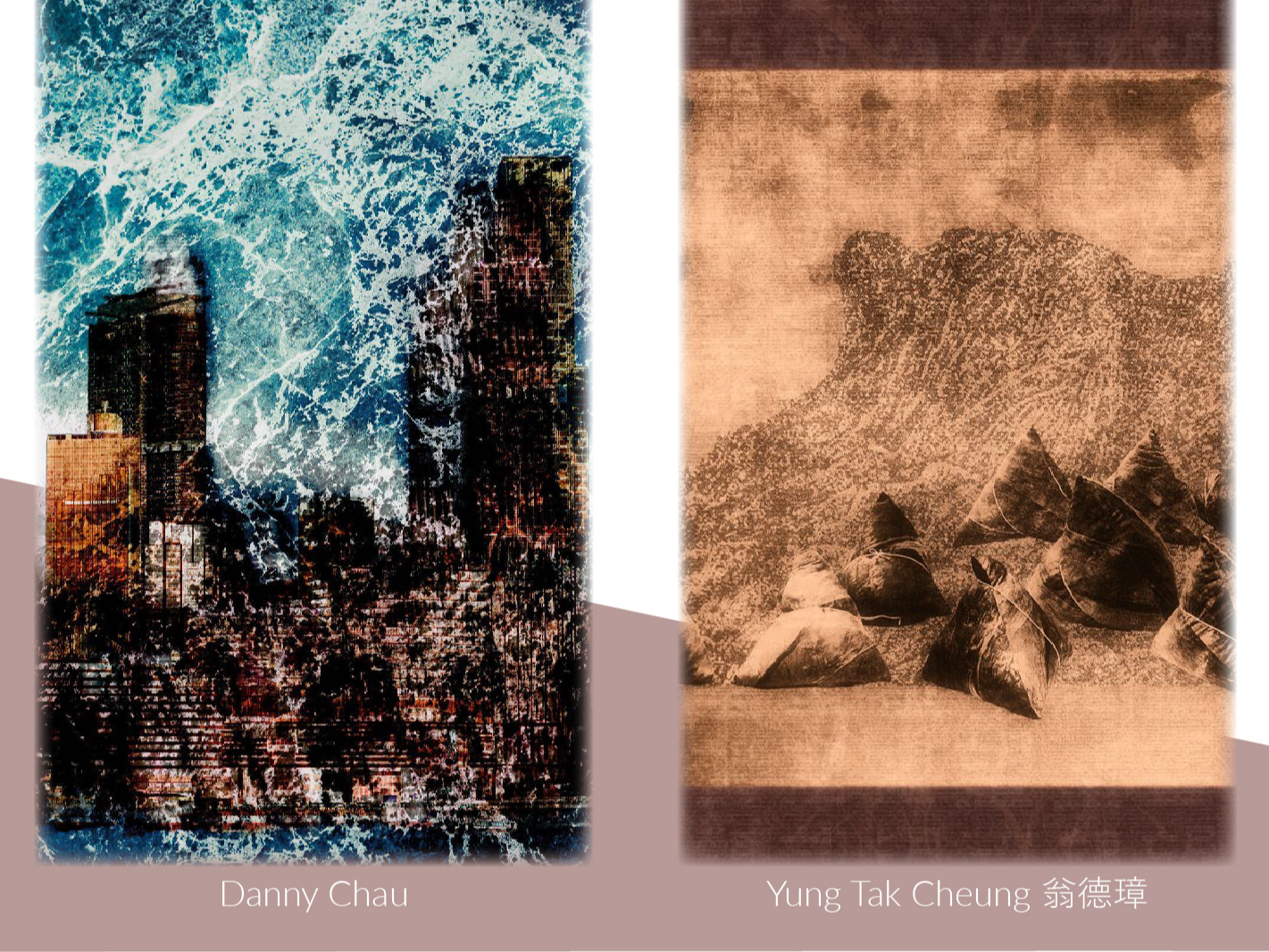
中環
尋常之美,萬象共鳴
2025-7-12 – 8-9
雍廷序畫廊
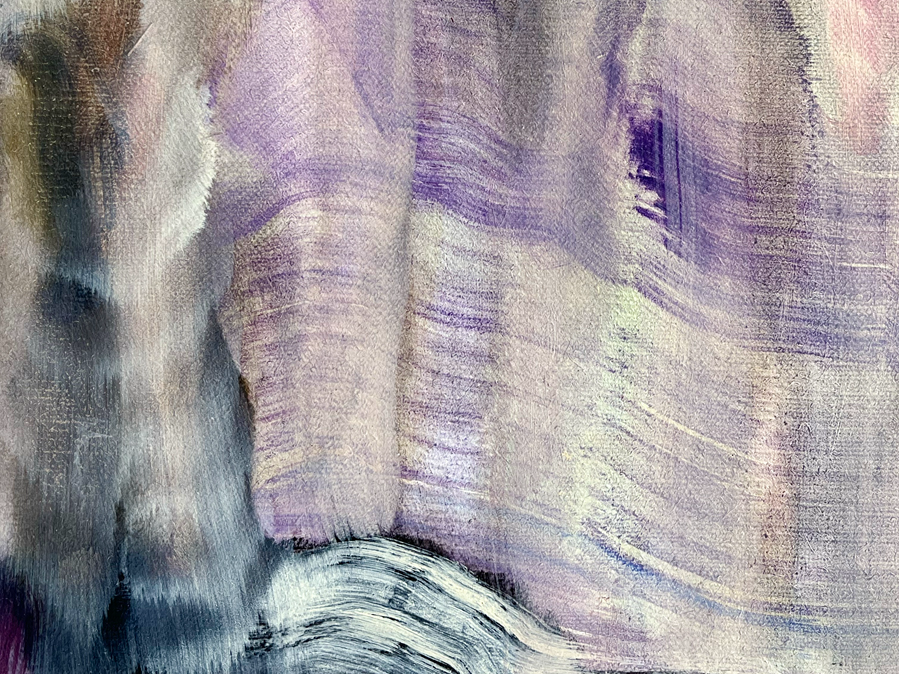
觀塘
Rusty Tongue
2025-7-12 – 8-3
WURE AREA

油尖旺
心像片段
2025-7-11 – 8-16
貝浩登
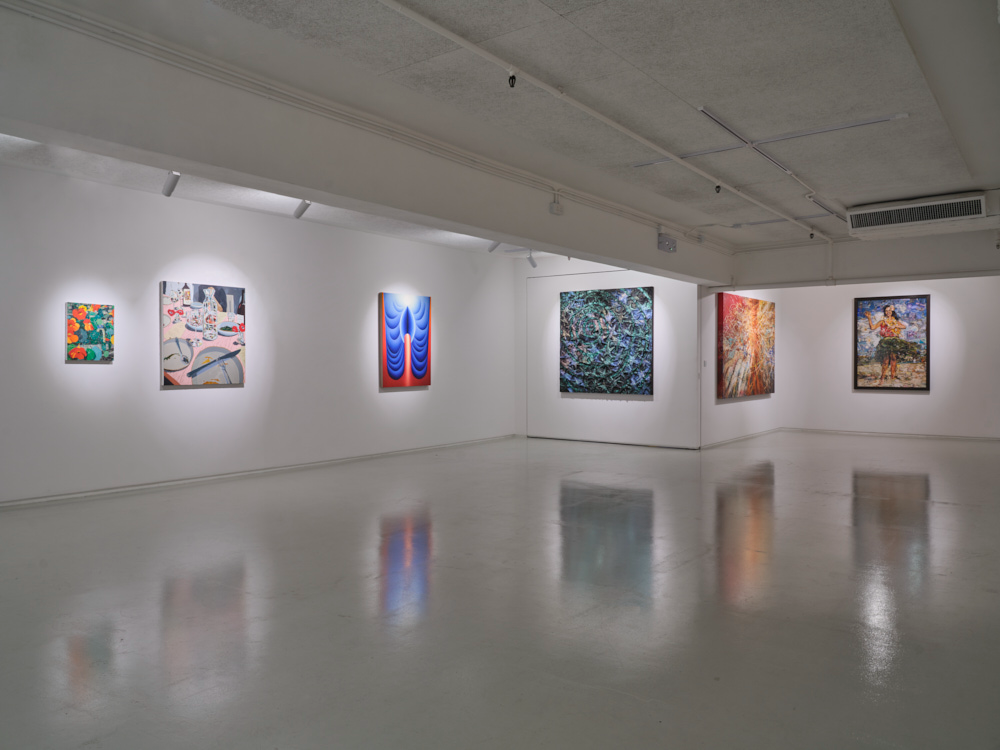
南區
願你於此
2025-7-11 – 10-25
布朗畫廊
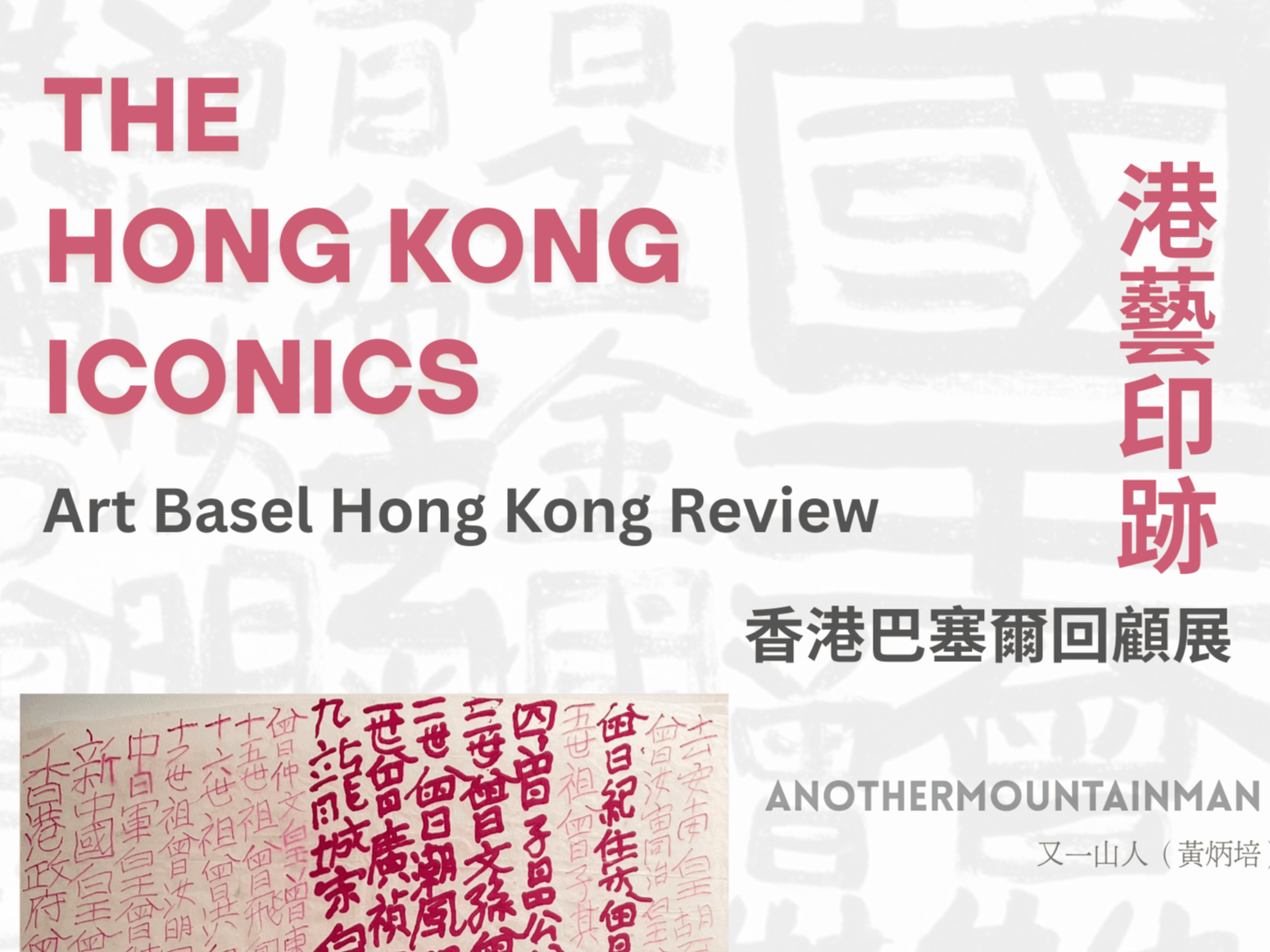
南區
港藝印跡:香港巴塞爾回顧展
2025-7-11 – 10-31
Lucie Chang Fine Arts
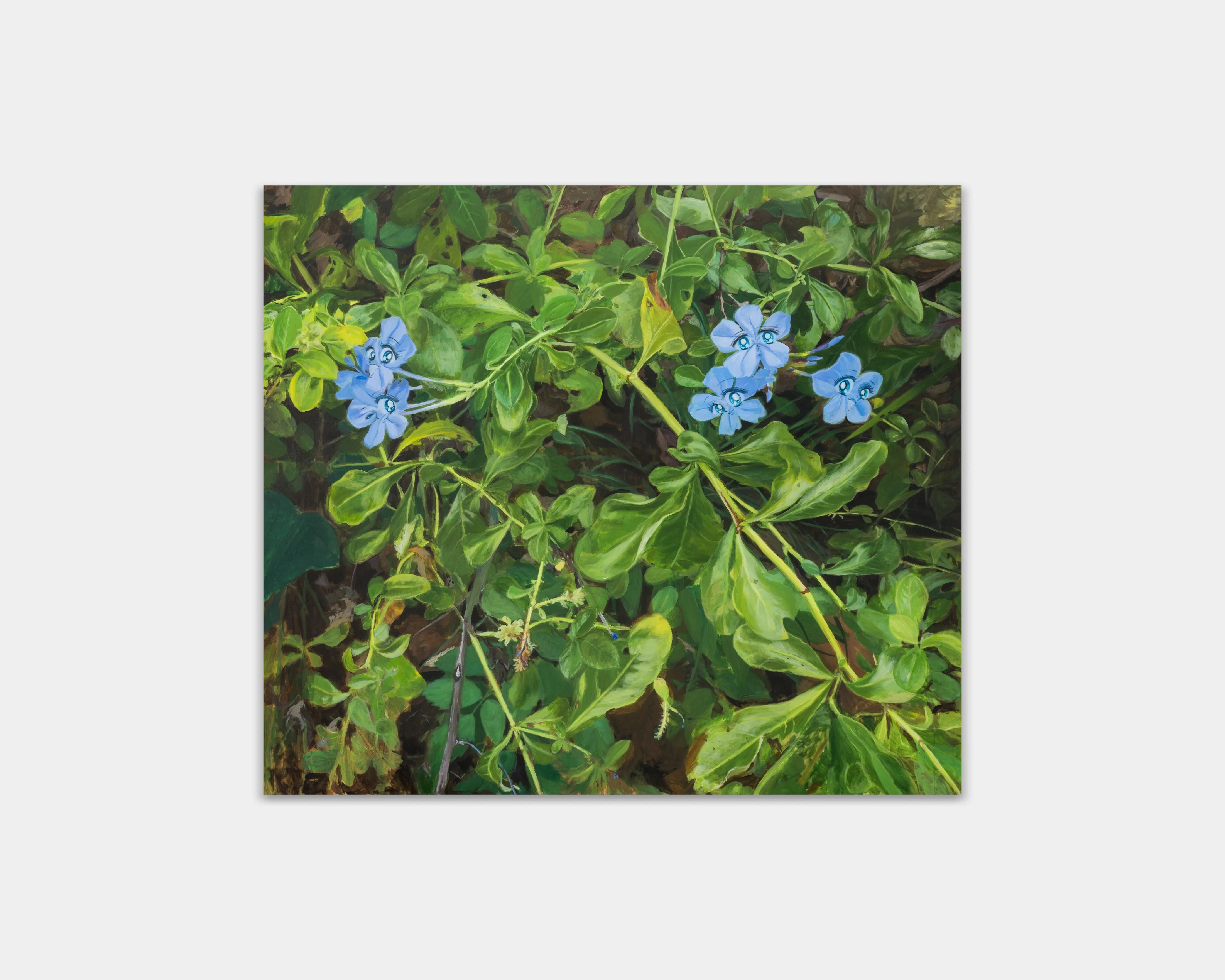
灣仔
夏
2025-7-10 – 9-13
馬凌畫廊
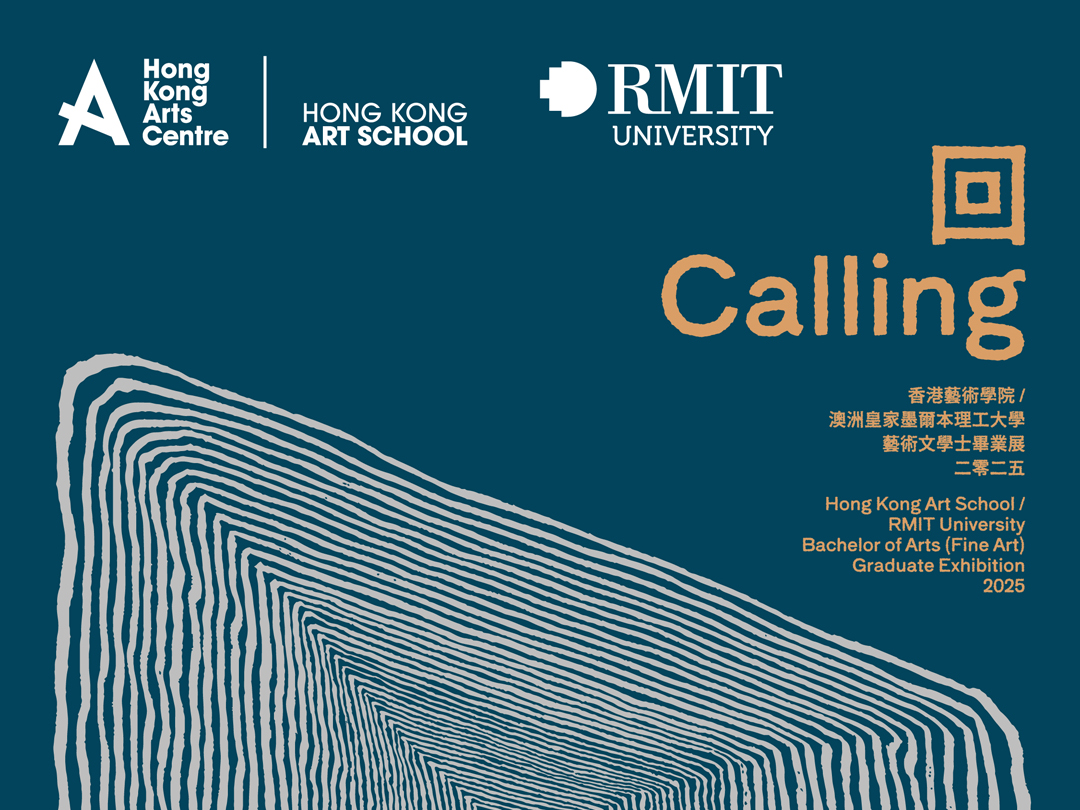
灣仔
香港藝術學院 / 澳洲皇家墨爾本理工大學 – 藝術文學士畢業展二零二五 – 回
2025-7-5 – 7-21
香港藝術中心
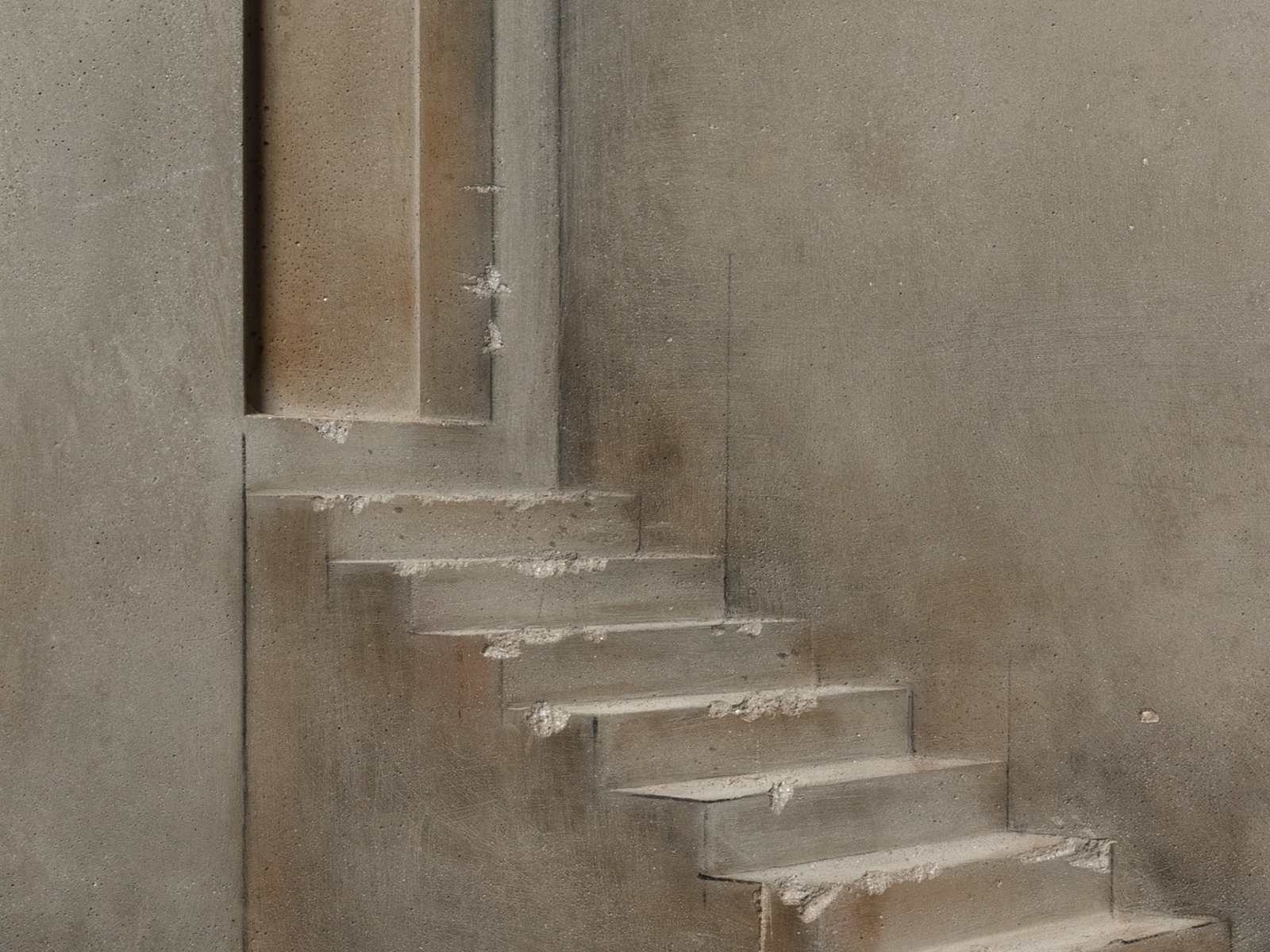
中環
蔡磊:築空
2025-7-5 – 8-16
當代唐人藝術中心(中環)
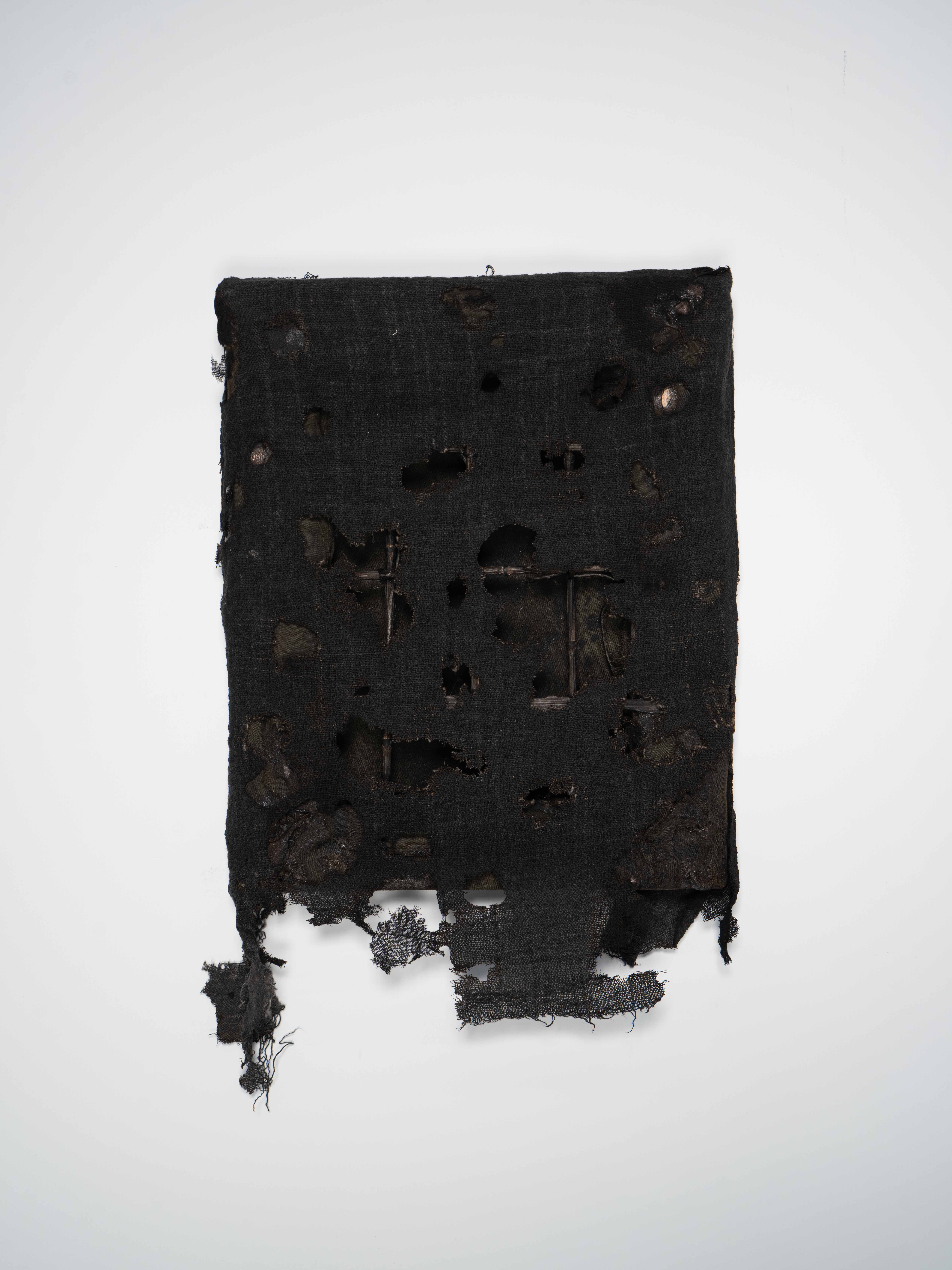
南區
費迪・卡拉斯高: 歸於虛無
2025-7-5 – 8-2
WKM Gallery
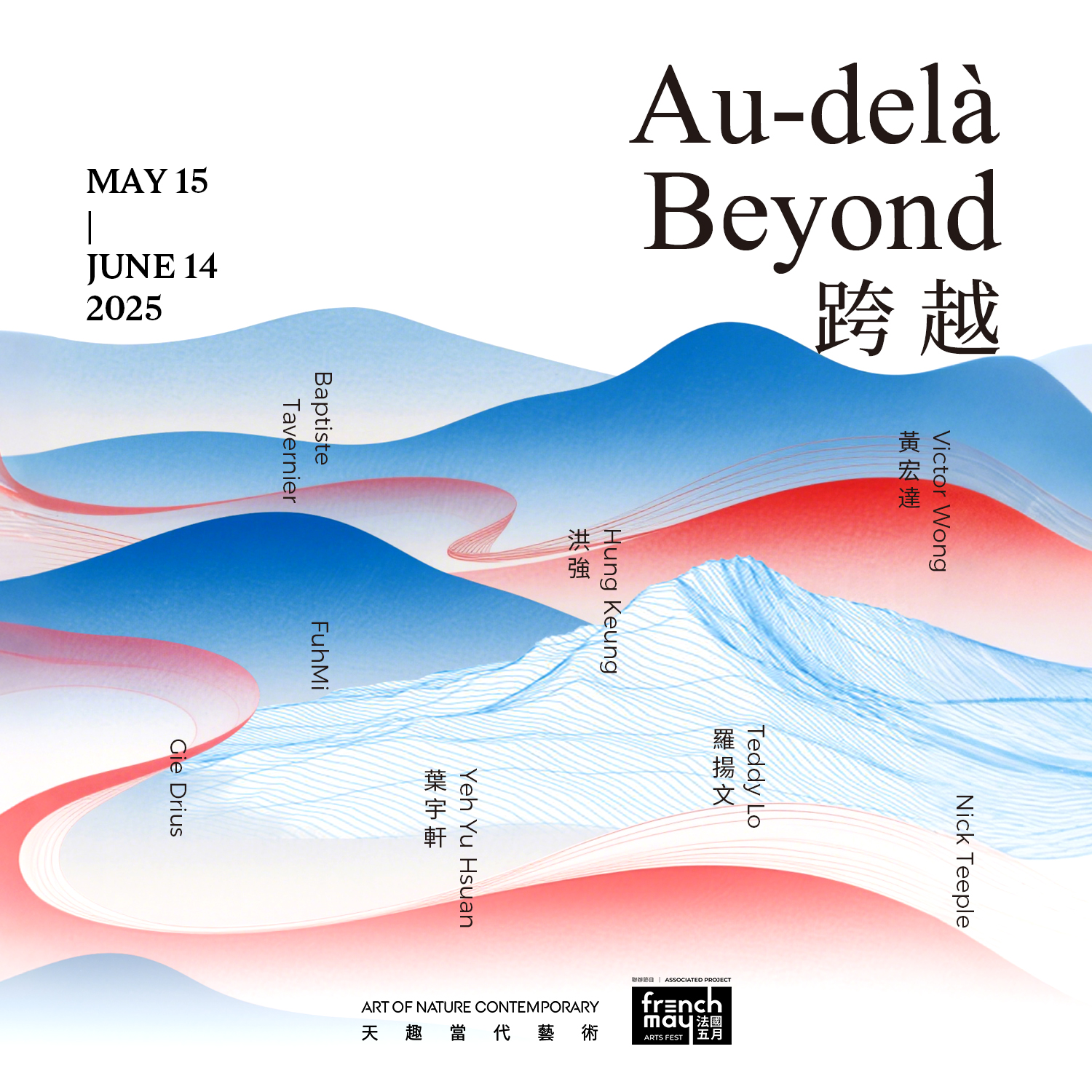
中環
熟悉的陌生感:徐晨陽個展
2025-7-4 – 8-9
天趣當代藝術館(中環)
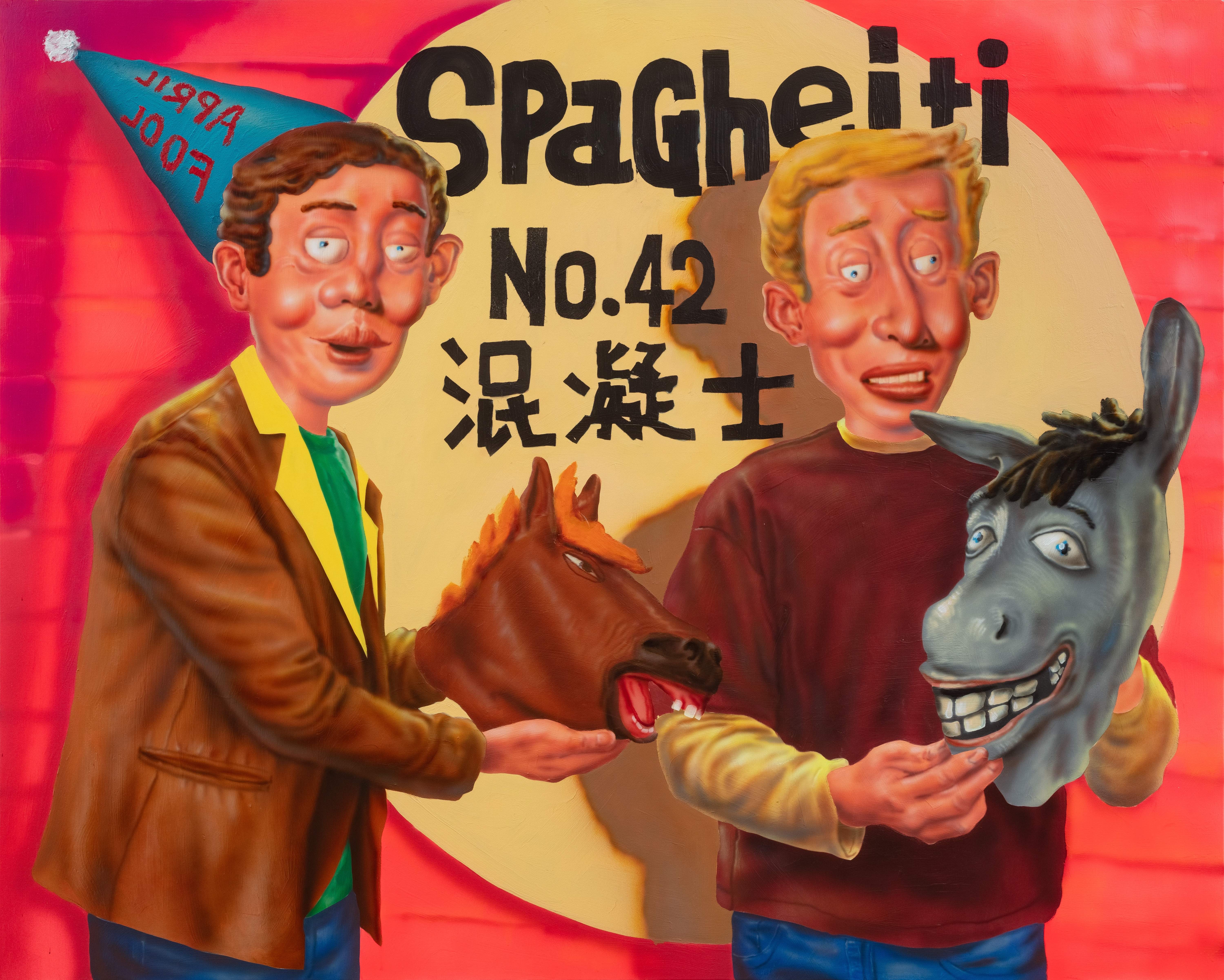
南區
閆鏡州個展《愛本如此》
2025-7-3 – 8-12
當代唐人藝術中心(黃竹坑)
西環
HART Haus x r é n:「藝術行動 | 青年·未來」
2025-6-27 – 9-13
HART HAUS
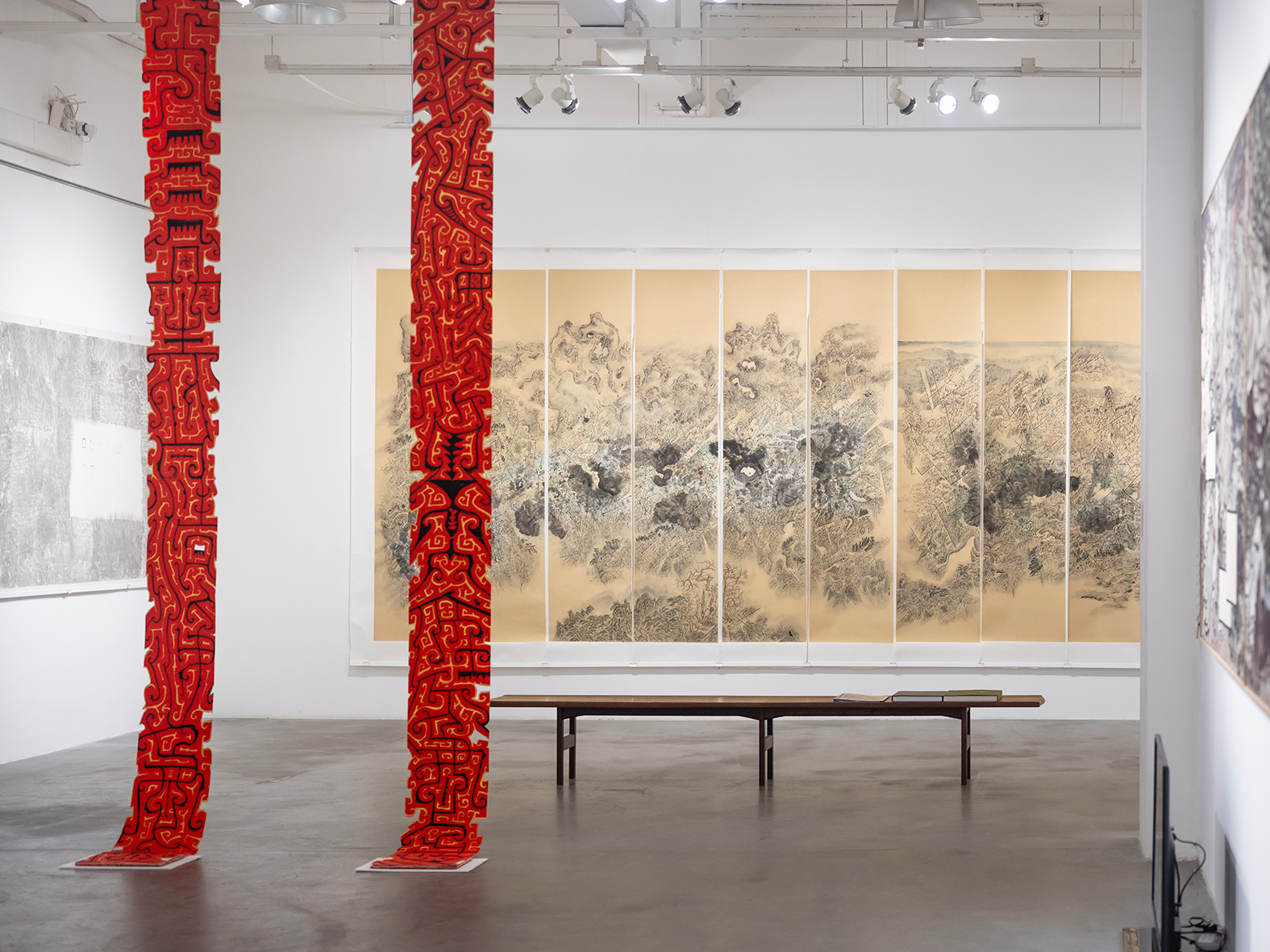
葵青
宏碑
2025-6-21 – 7-26
漢雅軒

中環
輕逸之態
2025-6-19 – 7-22
方由
.jpg)
上環
Urban Reveries
2025-6-19 – 8-2
Soluna Fine Art
.jpg)
中環
卓家慧:折疊時空
2025-6-18 – 9-6
藝倡畫廊
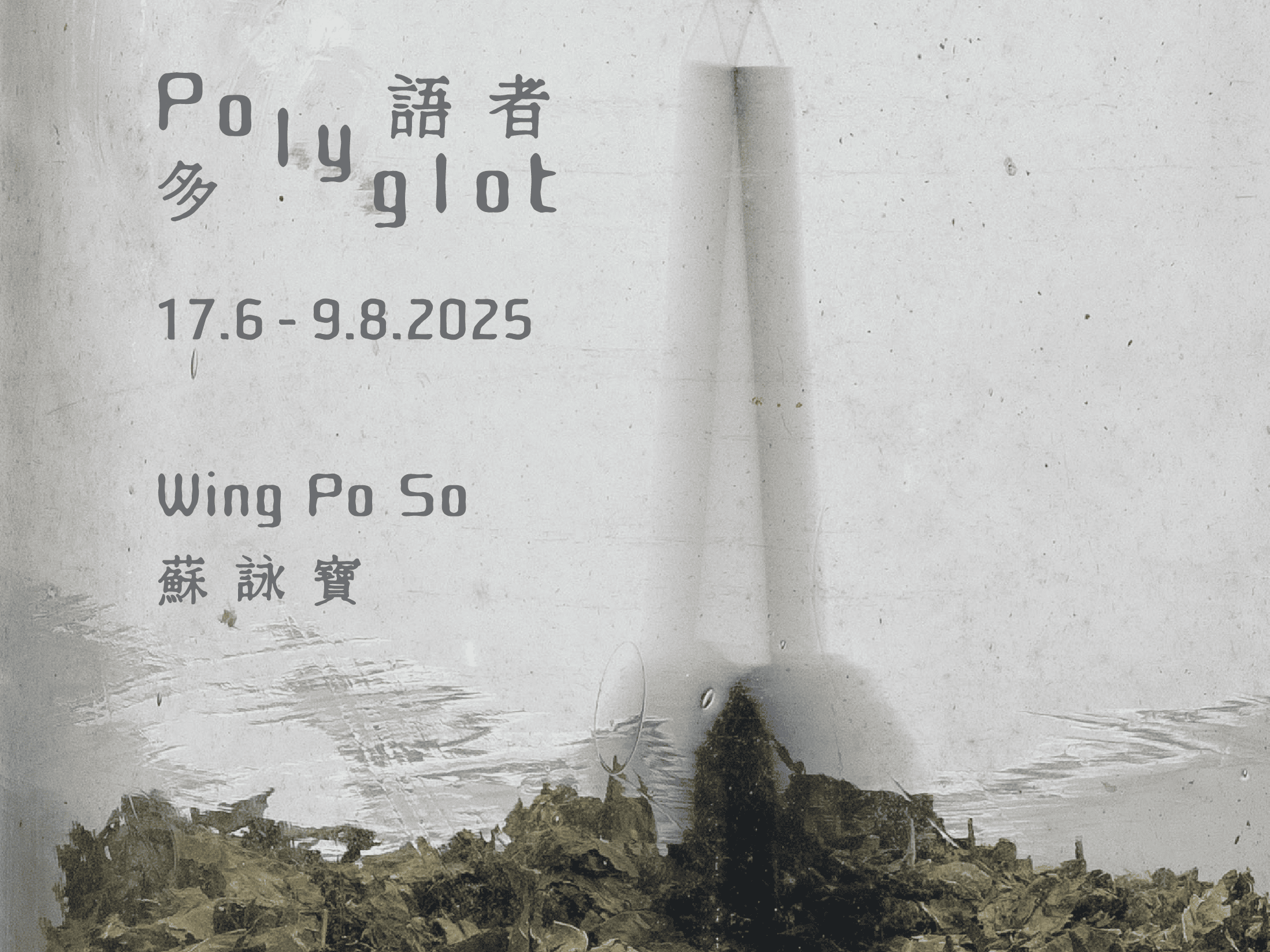
南區
蘇詠寶:多語者
2025-6-17 – 8-9
刺點畫廊
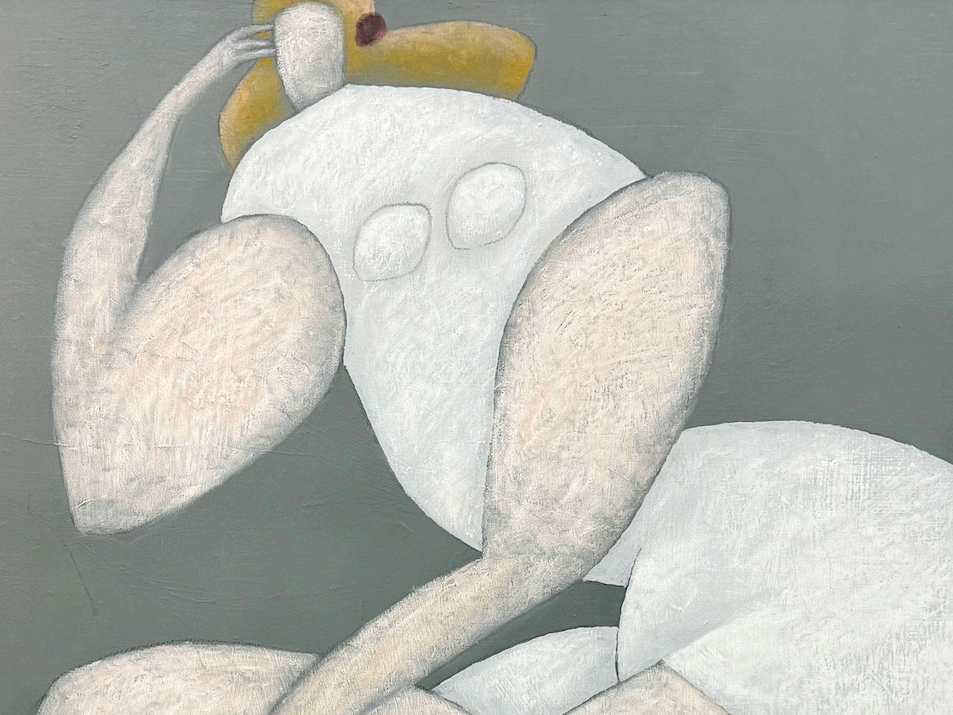
南區
MUSE and TOTEM
2025-6-13 – 8-20
Boogie Woogie Photography
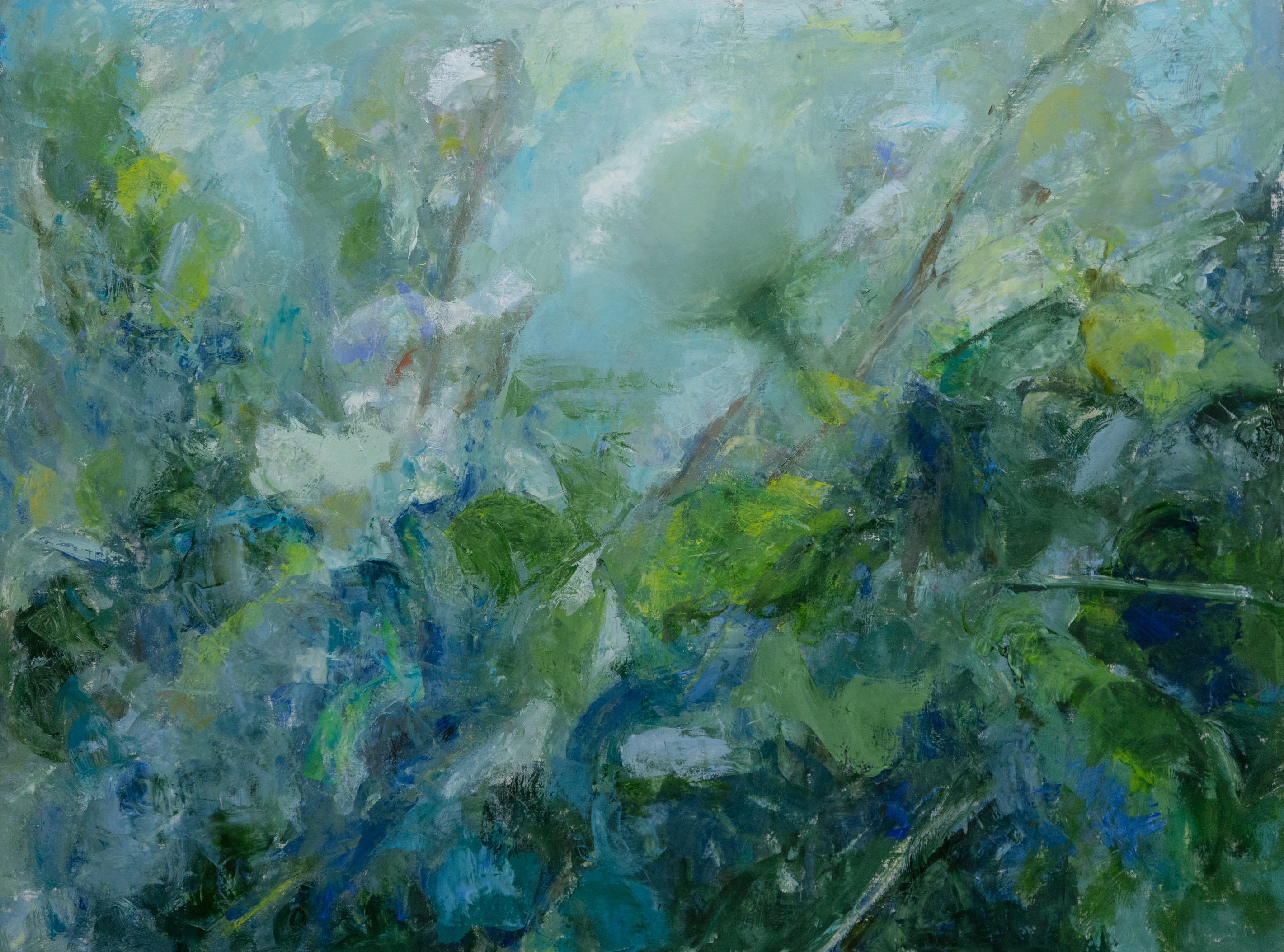
中環
Dreamscape
2025-6-12 – 8-29
3812畫廊
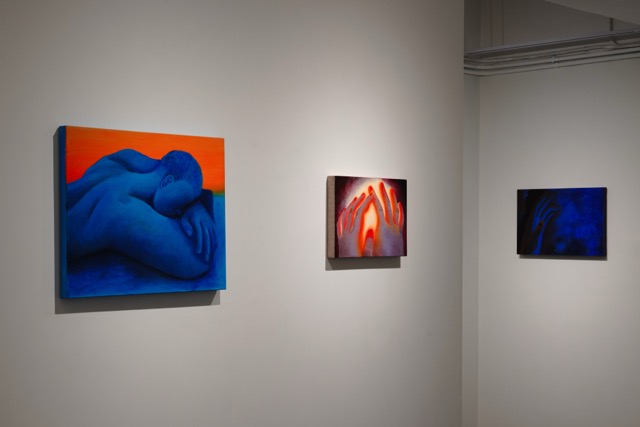
南區
徐雪慧個展:《我們漂浮,又漸漸入睡》
2025-6-7 – 7-19
SC Gallery
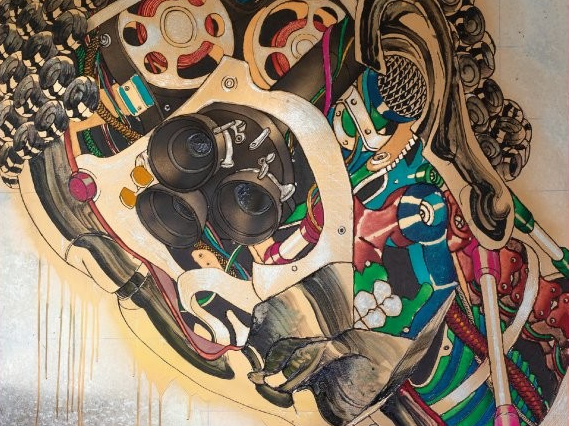
中環
江康泉《未來本生》
2025-5-30 – 8-30
爍樂(世界畫廊)
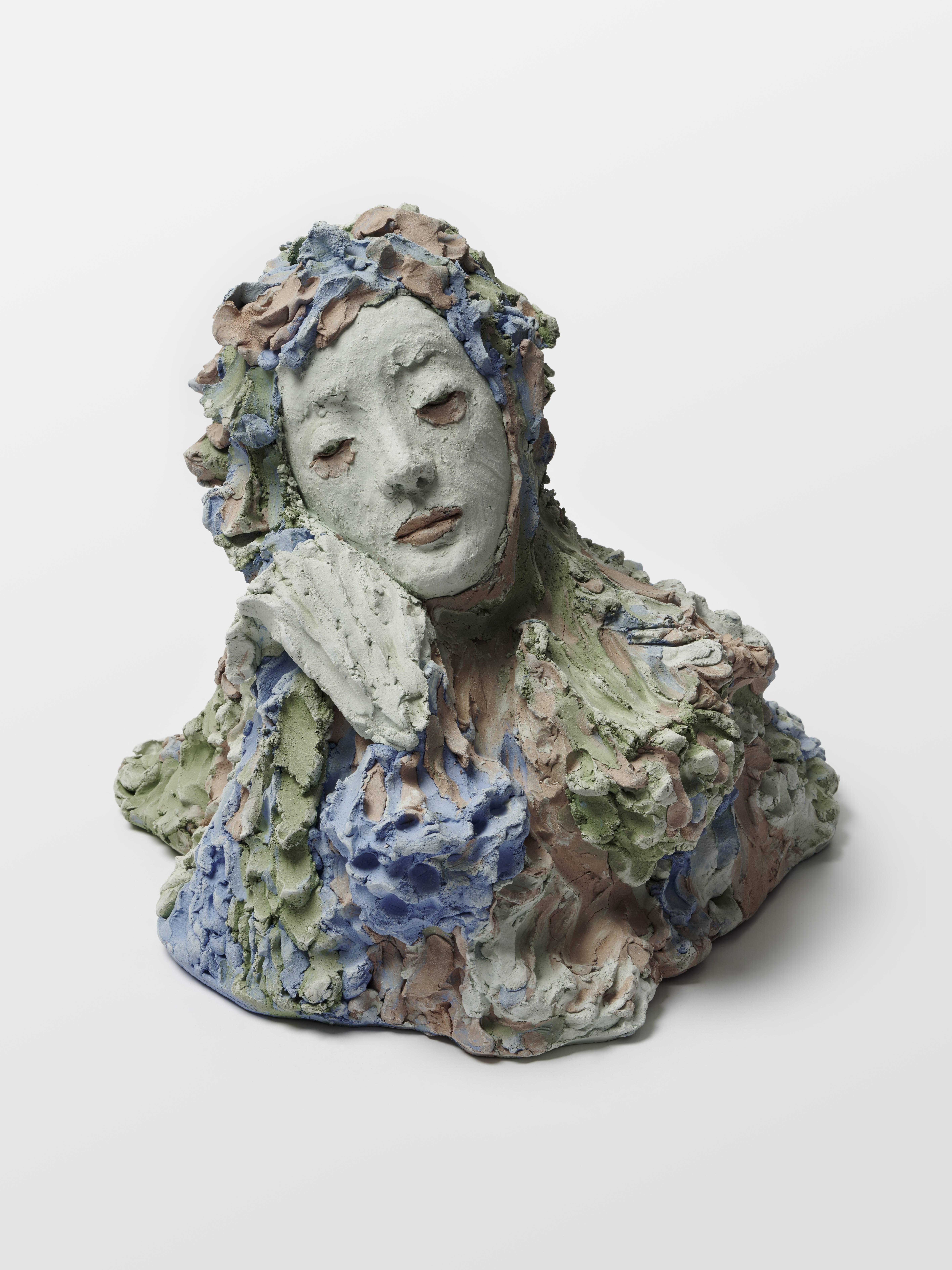
中環
Condition I-VI and Blue Room
2025-5-29 – 8-30
MASSIMODECARLO
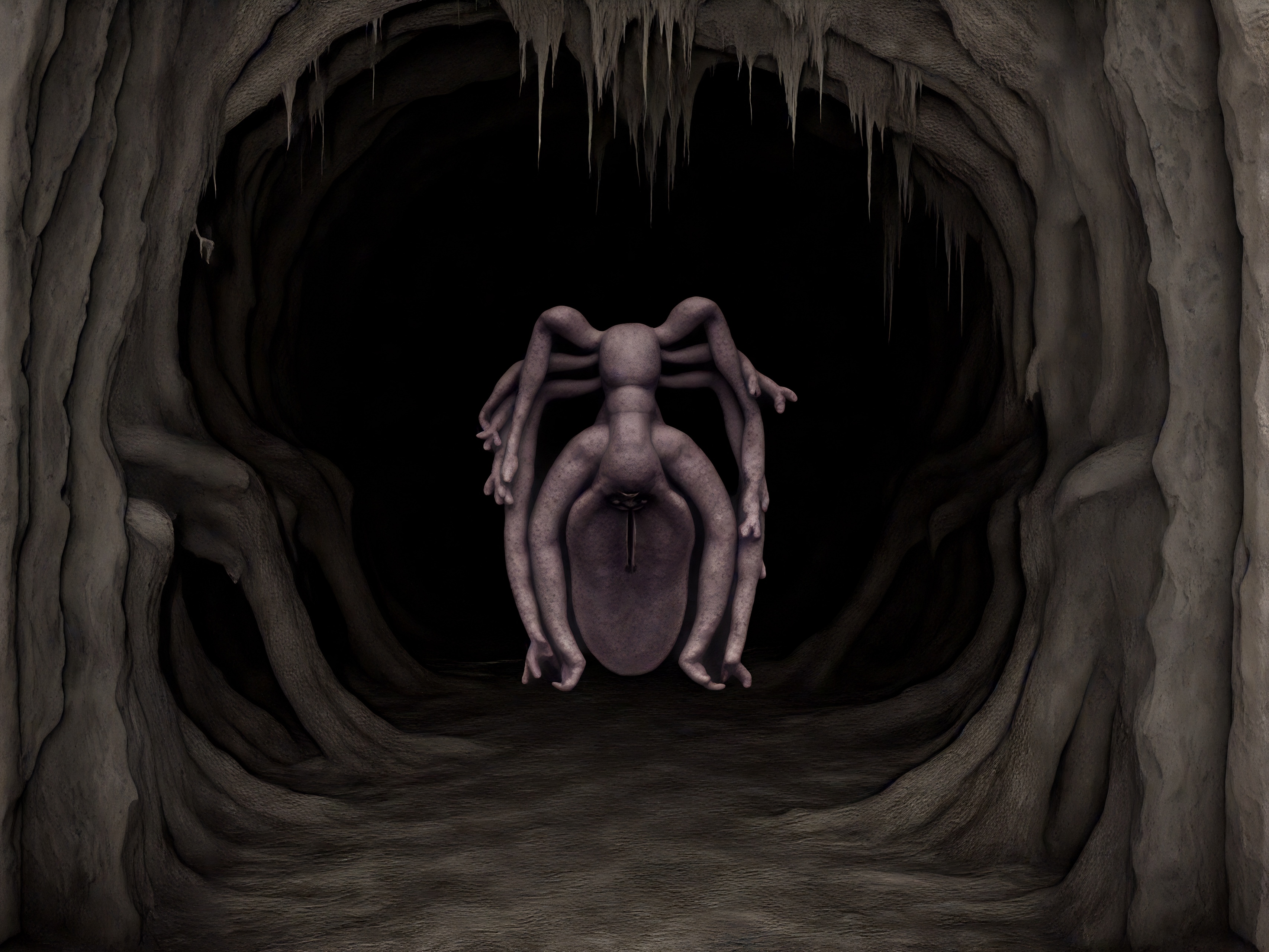
南區
黃雅珊 : 1
2025-5-24 – 7-26
德薩畫廊

南區
佐蘭·穆西奇
2025-5-24 – 8-23
維伍德畫廊
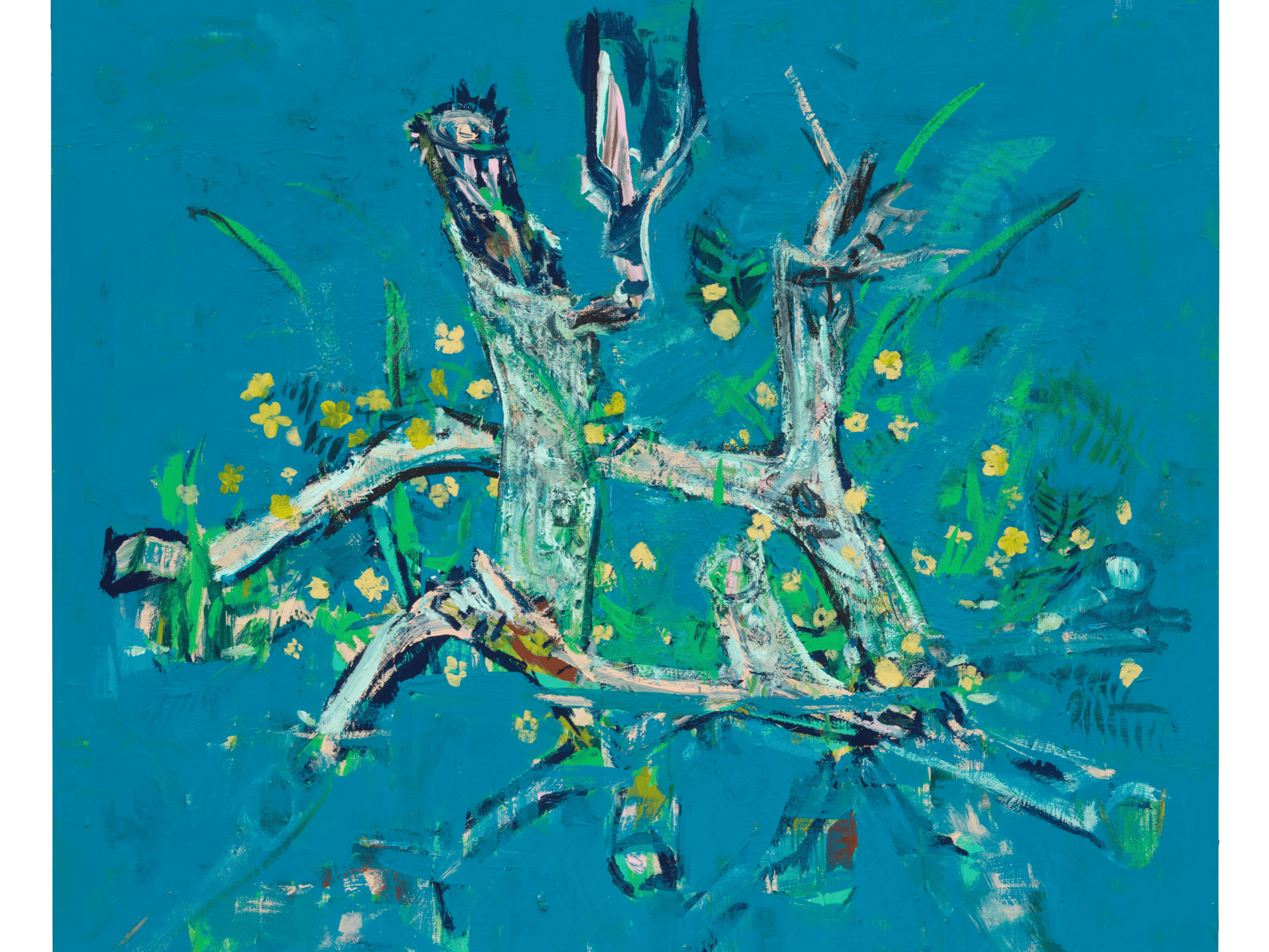
中環
賽‧加⽂
2025-5-22 – 8-2
高古軒
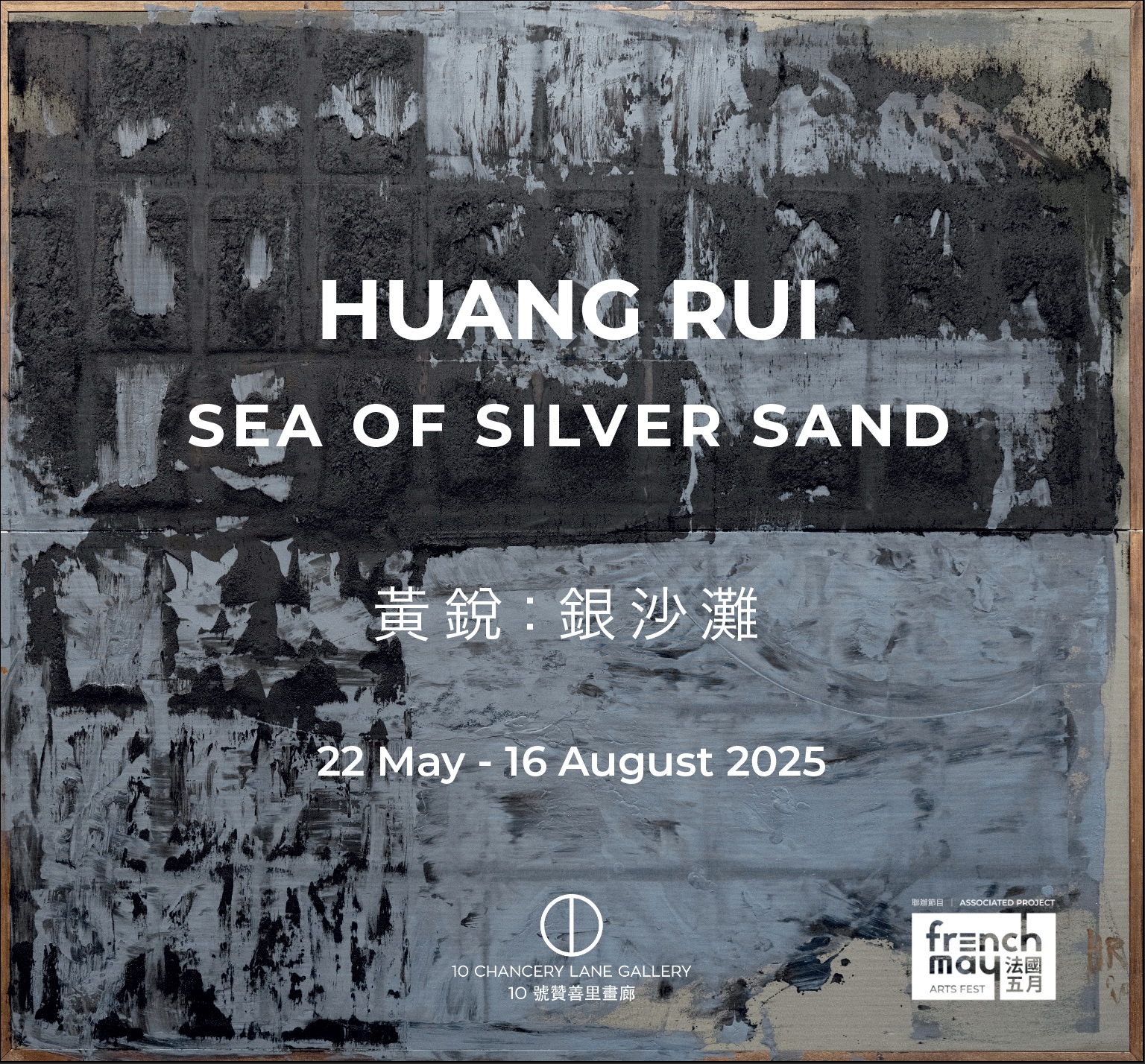
中環
黃銳:銀沙灘
2025-5-22 – 8-16
10號贊善里畫廊
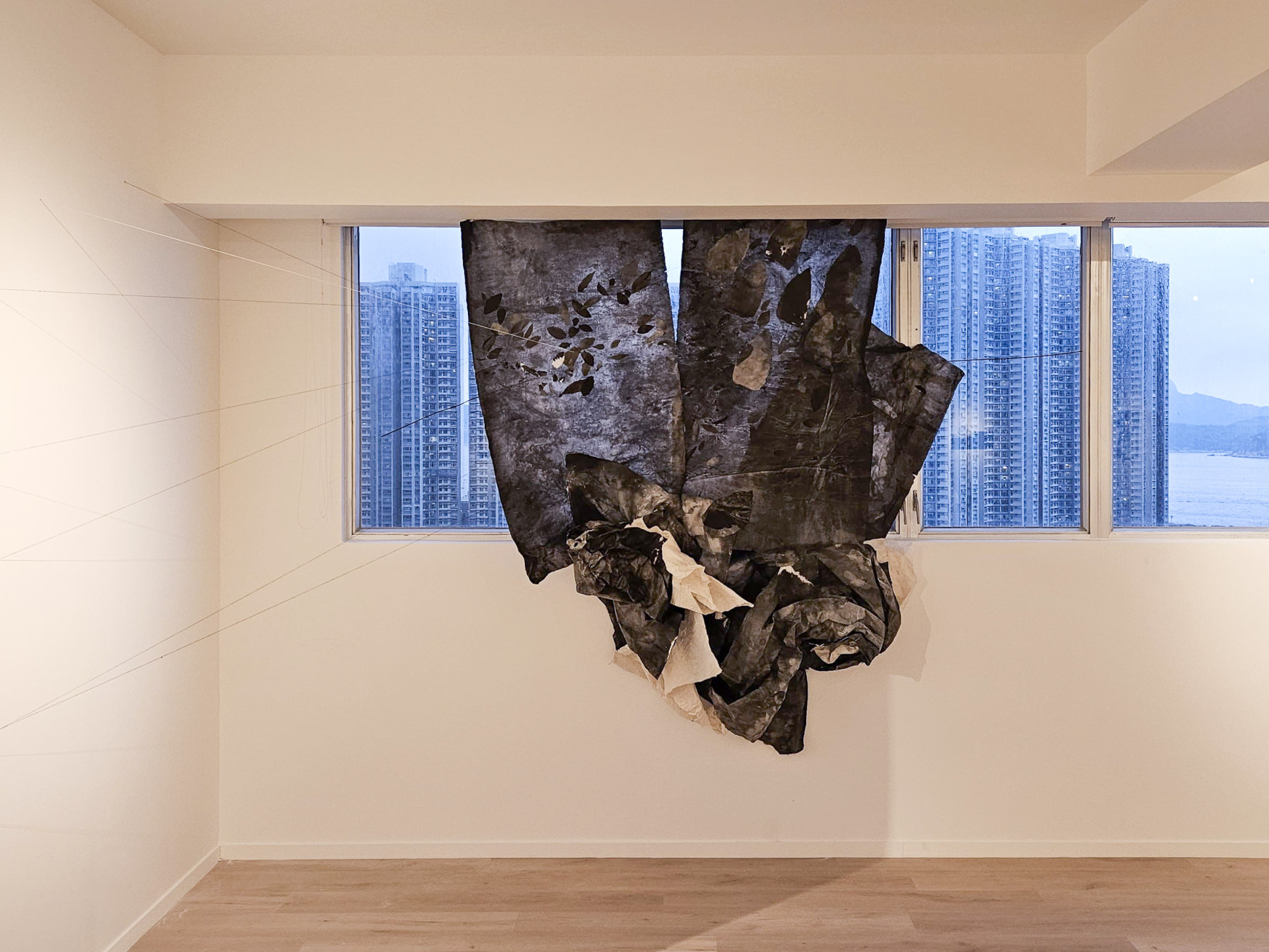
南區
林延:紙韻延綿
2025-5-6 – 8-16
藝倡沙龍
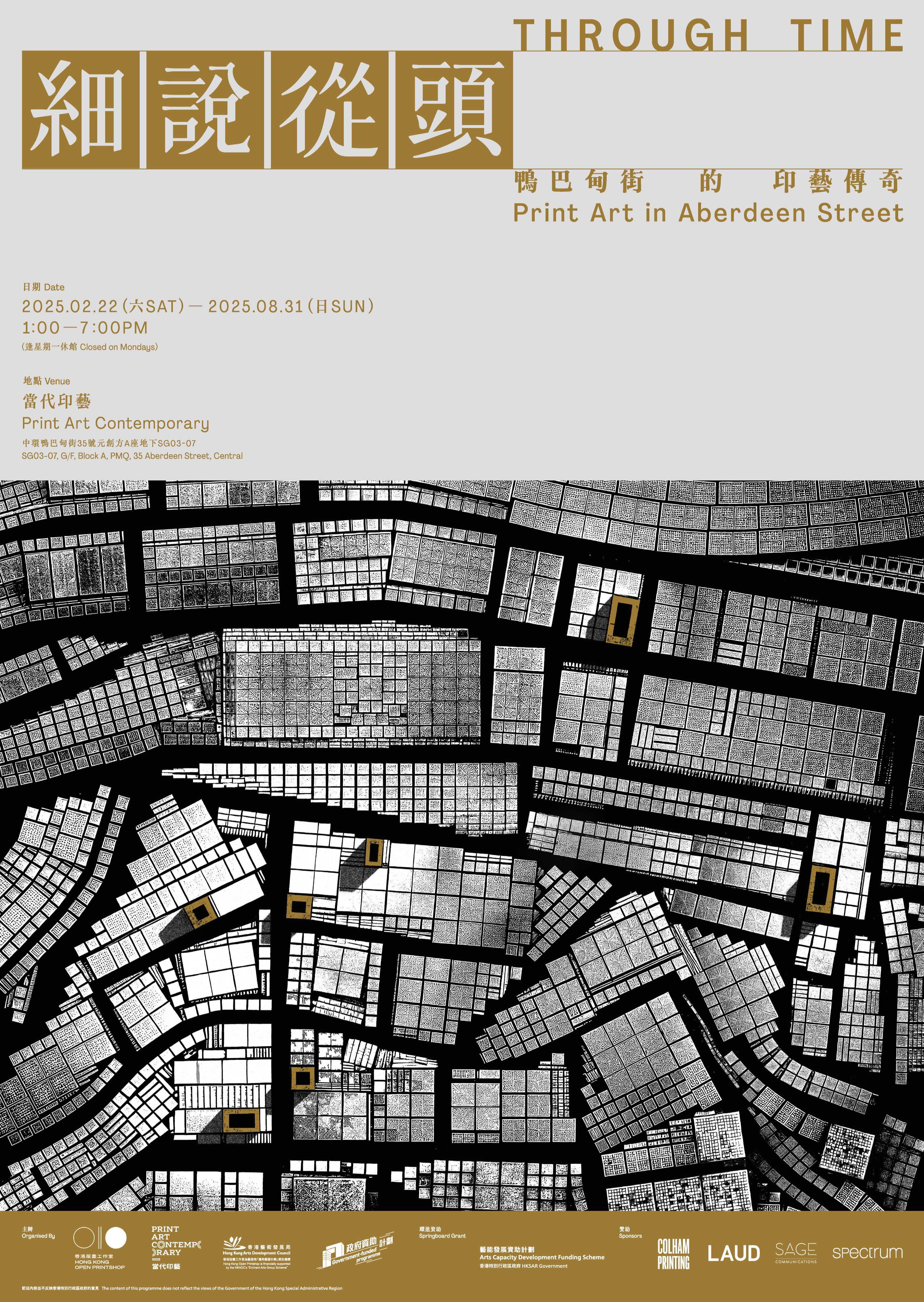
中環
細說從頭—— 鴨巴甸街的印藝傳奇
2025-2-22 – 8-31
當代印藝
即將開幕
Monika Žáková: Echoes of Time, Echoes of Memory
2025-5-17 – 6-28
Double Q Gallery
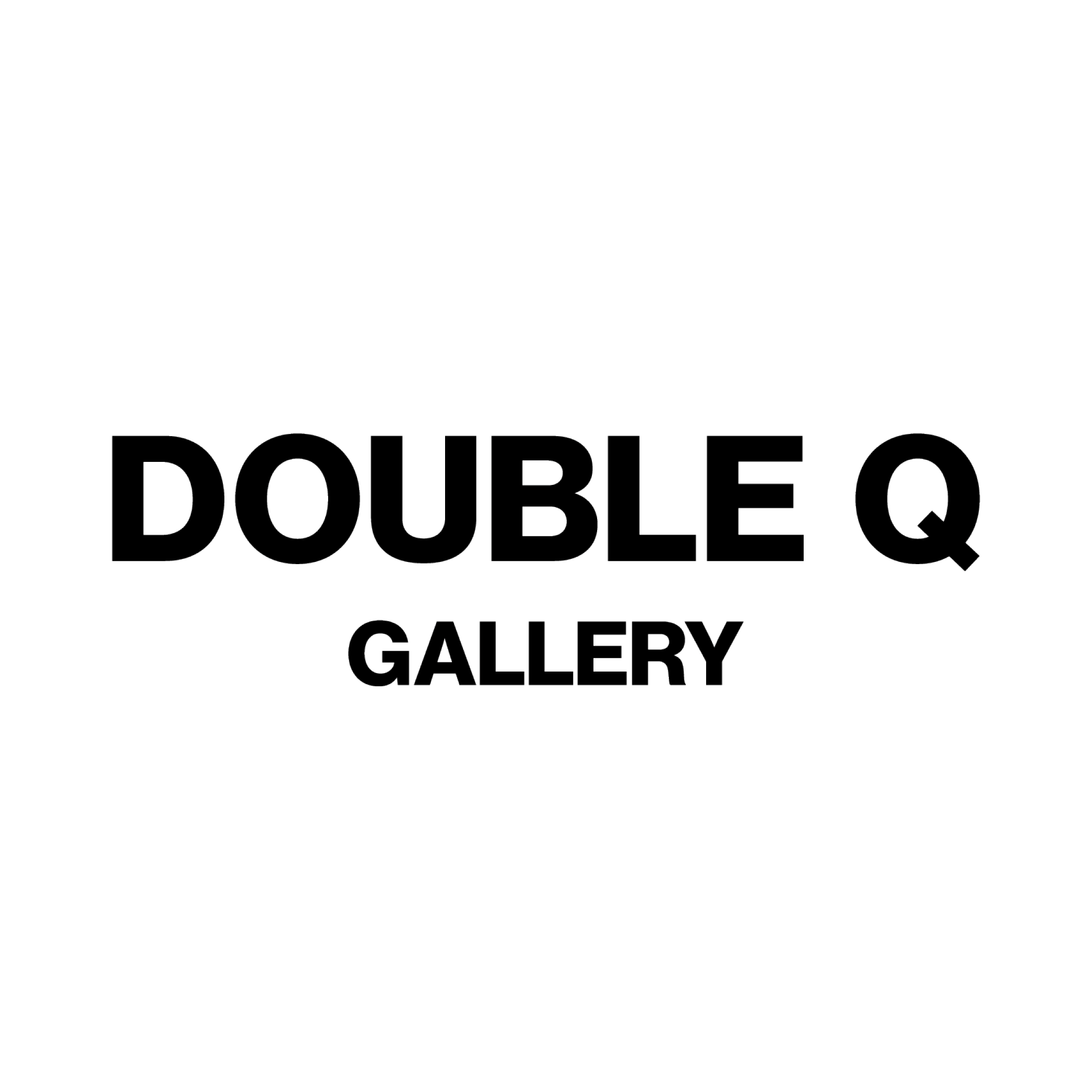
Double Q Gallery

